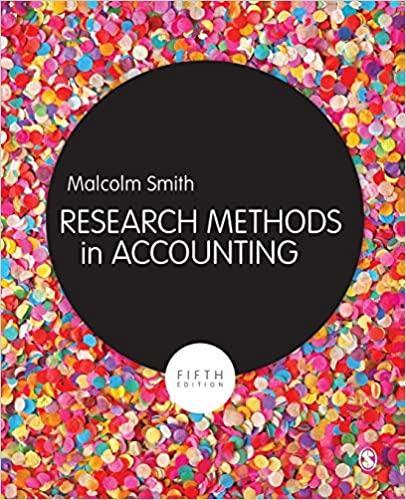


E3-15 Analyzing the Effects of Transactions in T-Accounts LO3-4 Lisa Frees and Amelia Ellinger have been operating a catering business for several years. In March, the partners plan to expand by opening a retail sales shop. They have decided to form the business as a corporation called Traveling Gourmet, Inc. The following transactions occurred in March: a. Received $94,000 cash from each of the two shareholders to form the corporation, in addition to $3,400 in accounts receivable, $8,100 in equipment, a van (equipment) appraised at a fair value of $15,800, and $1,900 in supplies. Gave the two owners each 780 shares of common stock with a par value of $1 per share. b. Purchased a vacant store for sale in a good location for $500,000, making a $100,000 cash down payment and signing a 10-year mortgage from a local bank for the rest. c. Borrowed $64,000 from the local bank on a 10 percent, one-year note. d. Purchased and used food and paper supplies costing $13,630 in March; paid cash. e. Catered four parties in March for $5,600; $1,880 was billed, and the rest was received in cash. f. Made and sold food at the retail store for $12,600 cash. g. Received a $560 telephone bill for March to be paid in April. h. Paid $503 in gas for the van in March. i. Paid $9,080 in wages to employees who worked in March. j. Paid a $440 dividend from the corporation to each owner. k. Purchased $64,000 of equipment (refrigerated display cases, cabinets, tables, and chairs) and renovated and decorated the new store for $27,000 (added to the cost of the building); paid cash. Required: 2. Record in the T-accounts the effects of each transaction for Traveling Gourmet, Inc., in March. Compute ending balances. Cash Accounts Receivable Beg. Bal. Beg. Bal. End. Bal. 0 0 End. Bal. 0 Supplies Equipment Beg. Bal. Beg. Bal. End. Bal. 0 End. Bal. 0 Building Accounts Payable Beg. Bal. Beg. Bal. End. Bal. 0 End. Bal. 0 Common Stock Additional Paid-in Capital Beg. Bal. Beg. Bal. End. Bal. 0 End. Bal. 0 Retained Earnings Food Sales Revenue Beg. Bal. Beg. Bal. End. Bal. 0 End. Bal. 0 Catering Sales Revenue Supplies Expense Beg. Bal. Beg. Bal. End. Bal. 0 End. Bal. 0 Utilities Expense Wages Expense Beg. Bal. Beg. Bal. End. Bal. 0 End. Bal. 0 Fuel Expense Beg. Bal. End. Bal. 0









